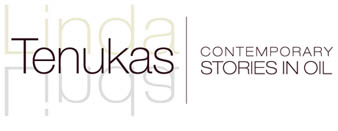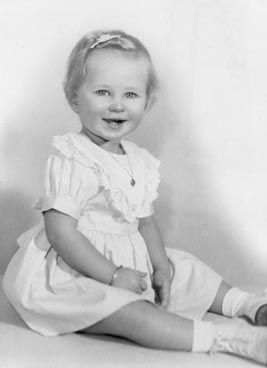 I can’t ever remember not drawing. From the time I picked up a pencil, I drew everywhere, the margins of books, scraps of paper, probably a wall or two. I was particularly fascinated with the angels in my childhood prayer books, with their long flowing robes and condor-like wings. Drawing was as natural to me as writing was to most other children.
I can’t ever remember not drawing. From the time I picked up a pencil, I drew everywhere, the margins of books, scraps of paper, probably a wall or two. I was particularly fascinated with the angels in my childhood prayer books, with their long flowing robes and condor-like wings. Drawing was as natural to me as writing was to most other children.
My father worked at the local Social Security office and, looking back, he was one of the first recyclers. The government office would discard mounds of paper everytime the law changed. In those days it was mimeographed (am I dating myself?) and the writing was only on one side. He brought home stacks of paper with perfectly usable blank sides. It was rare to have a drawing from my early days that didn’t have legalese on the back.
Somewhere around the age of ten years, I became fascinated with oil paints. I had seen a beginners oil painting kit in the store. It was in a wooden box and had little partitions 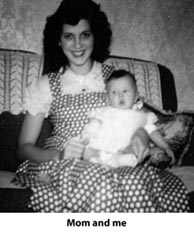
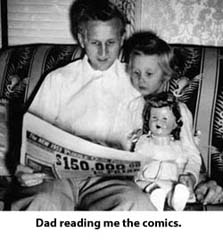 with brushes, solvent, a palette and many tubes of paint. I was in love with it and I told my parents this is what I wanted for Christmas.
with brushes, solvent, a palette and many tubes of paint. I was in love with it and I told my parents this is what I wanted for Christmas.
Now you have to understand that my parents valued schoolwork and academic prowess far above drawing and painting. Art was OK but they felt it wasn’t going to earn you a living. It was far better to work with your brain than your hands. But I was certain I was going to get my oil painting kit for Christmas.
Christmas day arrived and I went down to the tree. I found what what I thought was the wrapped oil painting box. It was the right shape and weight. I tore off the paper….
It was a giant unabridged dictionary.
I did get my painting kit that Christmas, but it was the smaller one in a plastic case.
As I approached high school, majoring in art was always in the back of my mind. I did have an aptitude for the sciences, so I was always encouraged to follow that route. One summer my family vacationed 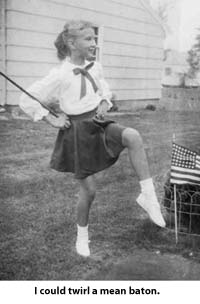 on Cape Cod. As we strolled down the streets of Hyannis one evening, we saw several artists set up on the street, doing pastel portraits of the tourists. I thought that was awesome, but for my parents that was the last straw. There was no way they were going to spend the money to send their daughter to art school to have her sit on the streets of Hyannis selling art to tourists.
on Cape Cod. As we strolled down the streets of Hyannis one evening, we saw several artists set up on the street, doing pastel portraits of the tourists. I thought that was awesome, but for my parents that was the last straw. There was no way they were going to spend the money to send their daughter to art school to have her sit on the streets of Hyannis selling art to tourists.
Well, a compromise was reached--Medical Illustration. I could do art and my parents felt I could still use my brain. I applied to Ohio State’s Medical Illustration program and was accepted. The course of study was two years of art study in the School of Fine Arts followed by two years of medical illustration study in the School of Medicine.
An interesting shift in the view of the art world took place just as I was entering college in the late 60s. Realism was viewed with contempt and Expressionism was everything. The instructors would flunk you if you painted something realistically. However, the handful of pre-medical illustration students were given special “dispensation” to paint something like it actually looked. As I look back, it was kind of sad that an entire generation of artists was never trained to to draw and paint accurately. I was one of the few that received the traditional art education. It is obviously necessary for a medical illustrator to create a drawing that the viewer can read. For example, am I looking at a piece of bone or a tendon? Is this a cast shadow or a suture?
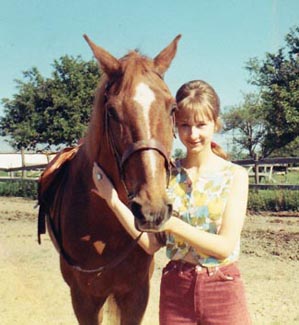 The college experience was great for me. I did pencil portraits of my fellow dorm residents and the money was spent on horseback riding lessons at the local fairgrounds. I took courses in photography, including using a view camera. This sharpened my design skills, because with a view camera, you had only a handful of exposures for an afternoon’s work. You had better make every one count. I loved seeing the prints appear in the darkroom--it seemed almost magical.
The college experience was great for me. I did pencil portraits of my fellow dorm residents and the money was spent on horseback riding lessons at the local fairgrounds. I took courses in photography, including using a view camera. This sharpened my design skills, because with a view camera, you had only a handful of exposures for an afternoon’s work. You had better make every one count. I loved seeing the prints appear in the darkroom--it seemed almost magical.
I was lucky to land a job in my field when I graduated. Fast forward 20 years to 1990. My cousin was getting married and since she and her future husband were horse aficionados (like myself), I decided to do a painting of a horse for their wedding present. I found a picture of a painting in the public library of a famous race horse named Lexington. I basically copied it and truth be told, it didn’t turn out too bad. I was bitten with the painting bug.
I started out my second career doing commissioned portraits of horses, getting my clients from ads and horse shows. Then I moved on to the outdoor show circuit, which necessitated including a broader range of subjects. Finally, I hit upon my niche--people in cityscapes, including New York City. My training as a medical illustrator made the depiction of people easier than for most other artists. What intrigues me about this subject is the stories that the viewer can see in their mind. I hope when people see my paintings, they have no doubt that these are not models, but very real people with very real lives.
